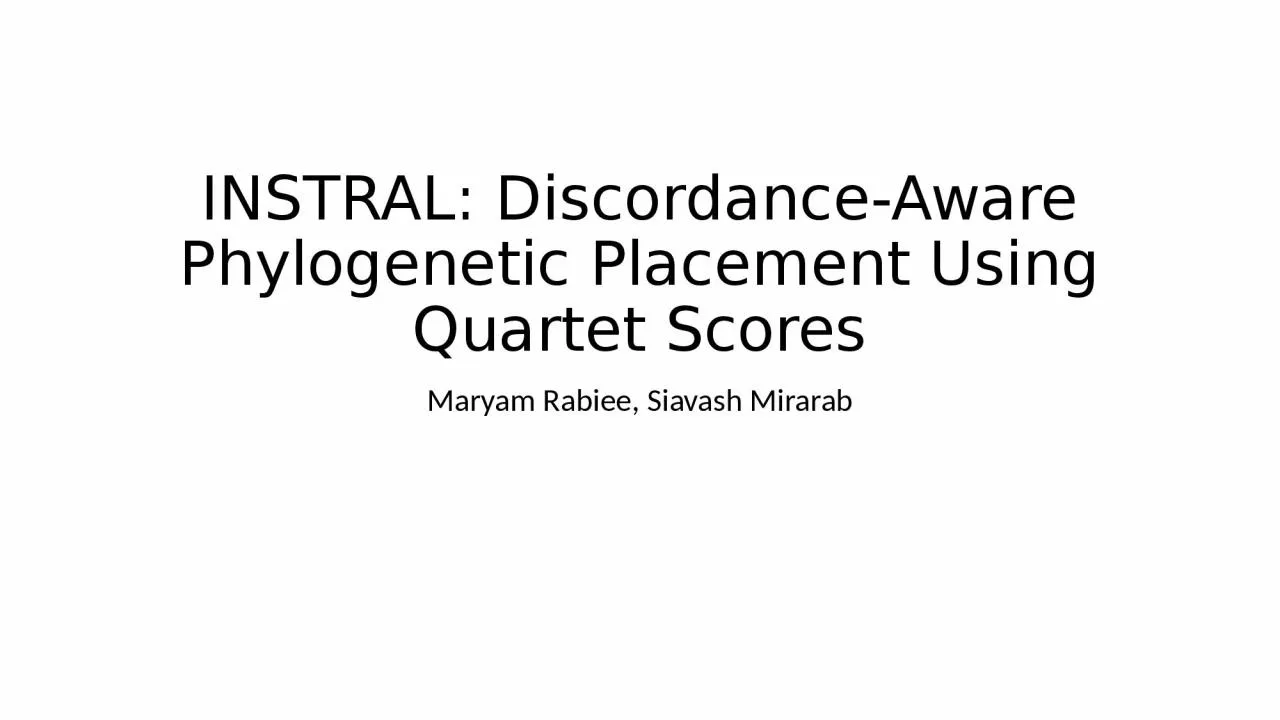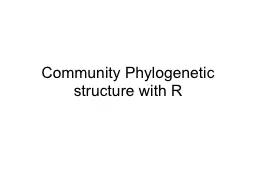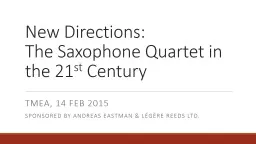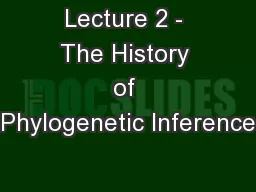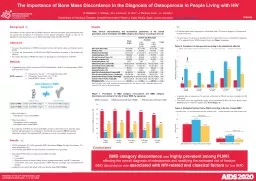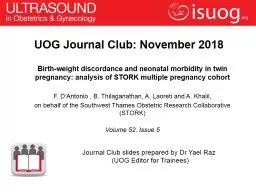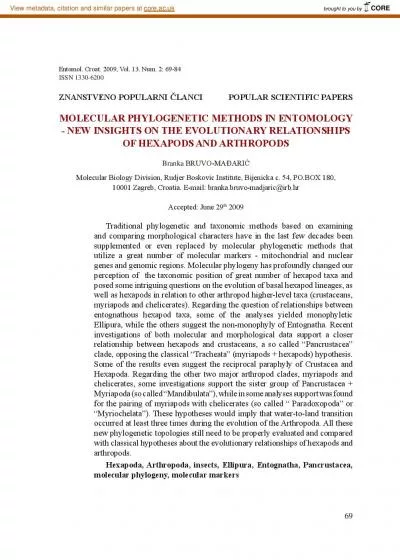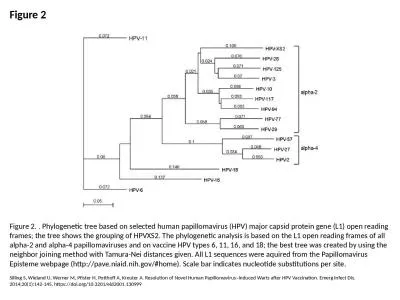PPT-INSTRAL: Discordance-Aware Phylogenetic Placement Using Quartet Scores
Author : zoe | Published Date : 2024-02-09
Maryam Rabiee Siavash Mirarab Introduction to INSTRAL Species Tree Estimation Adding a species to an existing dataset with a species tree Start from scratch
Presentation Embed Code
Download Presentation
Download Presentation The PPT/PDF document "INSTRAL: Discordance-Aware Phylogenetic ..." is the property of its rightful owner. Permission is granted to download and print the materials on this website for personal, non-commercial use only, and to display it on your personal computer provided you do not modify the materials and that you retain all copyright notices contained in the materials. By downloading content from our website, you accept the terms of this agreement.
INSTRAL: Discordance-Aware Phylogenetic Placement Using Quartet Scores: Transcript
Download Rules Of Document
"INSTRAL: Discordance-Aware Phylogenetic Placement Using Quartet Scores"The content belongs to its owner. You may download and print it for personal use, without modification, and keep all copyright notices. By downloading, you agree to these terms.
Related Documents

